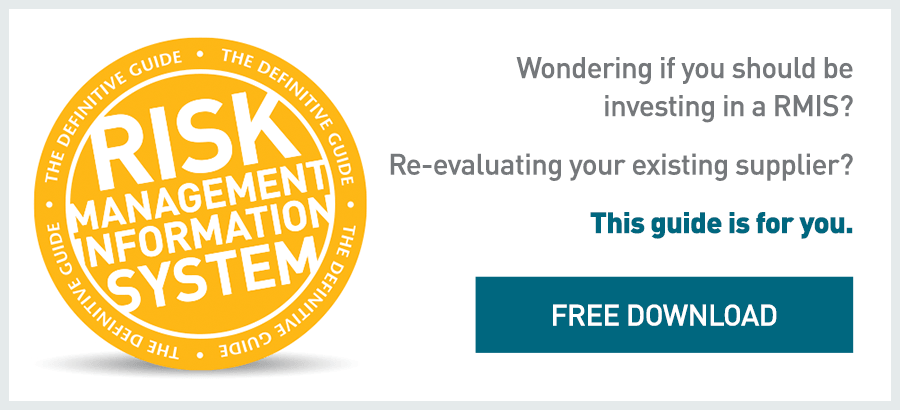
When most people sing the praises of a risk management information system, or RMIS, they focus on the way that the systems streamline commercial insurance renewals. However, these consolidated sources of information are also valuable because of the reports and analytics that they can produce to help specialists understand what types of hazards they need to protect their company against in the first place. This information can help companies reduce their risks and negotiate better insurance coverage or cheap premiums.
Consider three valuable insights available from RMIS data:
1. Identify Common Incidents
An RMIS makes it easier for risk specialists and other management to identify common sources of damage or injuries. Organized analytics and reports should make typical hazards practically jump off of the page or computer monitor. Identifying the most common and potentially most expensive sources of damage or injuries should help save your company money and help protect your fellow employee's safety.
2. Gain Insights Through Collaboration With Stakeholders
Because an RMIS makes it easy to produce reports, it's much easier to collaborate with the boardroom, managers from other departments, external insurance brokers, and other people with a stake in the process of reducing and managing risks. This makes it easier for everybody to share their own insights about data from their particular perspective, and contributors could be anybody from a shop foreman, to an insurance underwriter.
3. Spot Trends and Potentially Expensive Outliers
It's not always common risks that lead to profit-killing losses. Sometimes, it's the outlier. Without an organized way to collect and analyze information, these potentially expensive but unlikely hazards can be almost impossible to predict. In some cases, simple steps taken to prevent that "lightning strike" can save companies millions of dollars.
Spend More Time Managing Risks
Of course, one value of a RMIS software is it frees up risk managers to spend their working hours doing their real job of predicting and managing risks. In the past, department members of too many companies wasted productive hours fixing errors, converting everything into the same format, and tracking down multiple sources of information. With an RMIS, stakeholders enter relevant information in real time, and it can get validated at this point. If needed, GBP, JPY, AUD, or any other currencies automatically get converted into USD and back again.
Because less time needs to get spent accessing multiple databases, physical files, spreadsheets, and emails, more time can actually get spent studying reports to save your company money and reduce the risks of doing business. This is true if these reports result in lower insurance premiums, better coverage levels, or a safety course that helps workers in the field avoid injuries.
At Ventiv Technology, our clients represent companies with a combined total of 270,000 employees and billions of dollars in assets. We strive to work with each client company as a partner in their business. Learn more about Ventiv Technology here.











